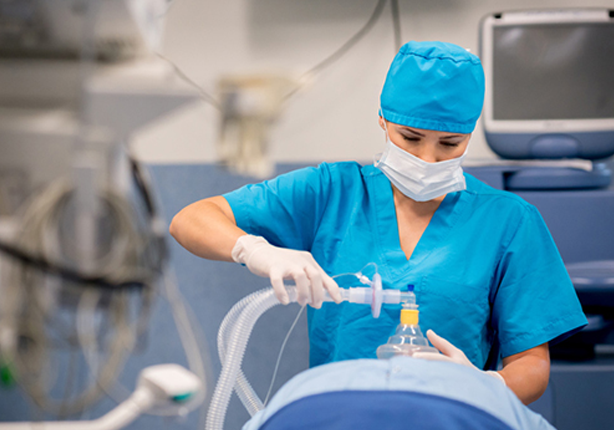- info@omhospitalbhosari.com
- Om Hospital, Alandi Road, Hutatma Chowk,Pune

Anesthesiology is defined by the American Society of Anesthesiologists as:
“The practice of medicine dedicated to the relief of pain and total care of the surgical patient before, during and after surgery.”
Anesthesiologists are involved in around 90 percent of the more than 40 million surgical procedures that are carried out under anesthetic each year in the United States.
This involvement may include direct care of the patient or supervision of Certified Registered Nurse Anesthetists (CRNAs) or Anesthesia Assistants, who also play a key role in the field.
What do anesthesiologists do? The anesthesiologist provides pain relief before, during and after surgery, but they also fulfill a number of other important roles.
Pain relief in surgery
The type of pain relief offered during surgery may be:
During the procedure, the surgeon carries out the surgical work, but the anesthesiologist will continue to be responsible for the medical management of the patient.
They monitor the patient’s bodily functions, assess the best way to treat the vital organs, and provide a balance of medications suited to the individual’s needs.
The functions they need to monitor include:
The anesthesiologist controls these vital measures and the patient’s level of pain and unconsciousness throughout the operation.